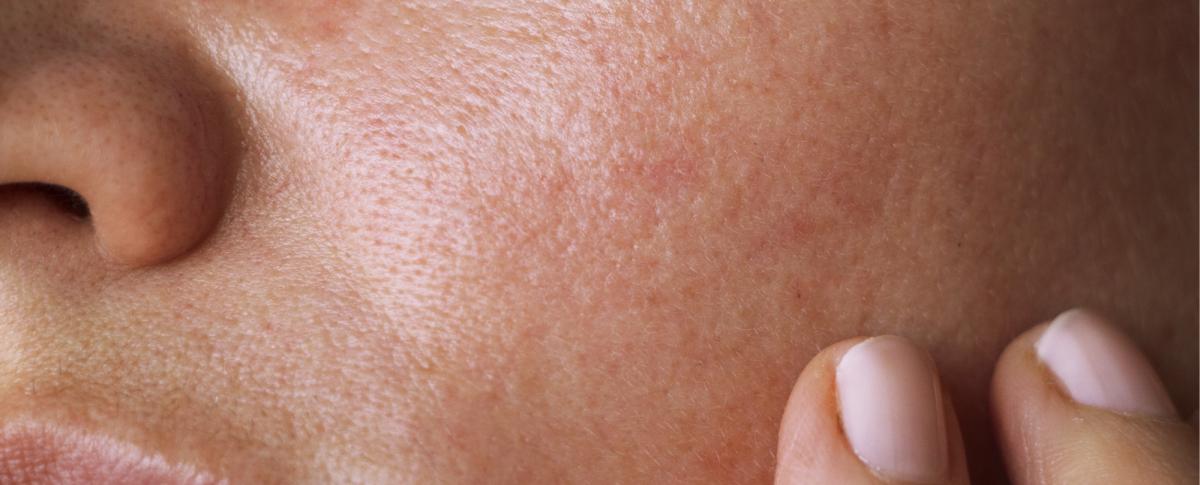
How to Identify Your Skin Type
Knowing your skin type is the first step to developing a successful skincare routine.
Your dermatologist can provide the most accurate evaluation of your skin; however, there are things you can do at home to get a general idea of what type of skin you have.
Here is acne.com’s guide to understanding your skin type.
According to the Baumann Skin Type Indicator (BSTI), there are 2 basic types of skin, oily and dry.1 Oily and dry skin types can each be further classified as sensitive or resistant.1 There is also Combination skin.3,4 We break these down below.
- Oily skin: Skin feels oily and looks shiny 1,2
- Dry skin: Skin feels dry and tight, with a flaky, rough texture 1,3,5
- Sensitive skin: Skin is inflamed, tight and sometimes red and itchy with burning and stinging sensations in response to triggers 1,3,6
- Resistant (or Normal) skin: Skin is well-hydrated with an intact barrier and has minimal to no oil, dryness, or redness1, 4
- Combination skin: Skin is dry in some areas and oily in others3,4
Most people fall under the oily (O) OR dry (D) skin types.1 Each of these skin types can be broken down further to different subtypes by your dermatologist.
Those with combination skin feel oily in some areas (like the nose, forehead, and chin) and dry in other areas (like the cheeks).3
To determine which type of skin you have, start by examining your skin.1
Monitor your skin during the day and write down your findings. Does your skin seem red or inflamed? Does it feel tight to the touch? Does it seem “off” in some other way? Understanding your skin type is the first step in learning how to take care of your skin3
Talk to your dermatologist. There are a lot of products out there for all different skin types: oily or dry skin, combination skin, sensitive skin that is prone to inflammation, and resistant (normal) skin. Understanding your skin type can help you make choices about the skin care products that are right for you and help start a conversation with your dermatologist about the best ways to take care of your skin.
Keep in mind: your skin type may change with time. Multiple factors, including skin pigmentation, diet, pregnancy, and hormone fluctuations, may affect your skin.1 Determining your skin type and confirming with a dermatologist will ensure you provide the best care for your skin.
References:
1. Baumann L. Baumann Skin Type Indicator: a novel approach to understanding skin type. In: Handbook of Cosmetic Science and Technology. 3rd ed. Informa Healthcare. 2014:29-39.
2. Sakuma TH, Maibach HI. Oily skin: an overview. Skin Pharmacol Physiol. 2012;25(5):227-235. doi:10.1159/000338978
3. American Academy of Dermatology Association. Skin care tips dermatologists use. Accessed August 17, 2022. https://www.aad.org/public/everyday-care/skin-care-basics/care/skin-care-tips-dermatologists-use
4. Stuart A. Radiance by WebMD. What’s your skin type? Updated October 13, 2021. Accessed July 19, 2022. https://www.webmd.com/beauty/whats-your-skin-type
5. Chernosky ME. Clinical aspects of dry skin. J Soc Cosmet Chem 1976;27:365-376.
6. Misery L, Loser K, Ständer S. Sensitive skin. J Eur Acad Dermatol Venereol. 2016;30 (suppl 1):2-8. doi:10.1111/jdv.13532


